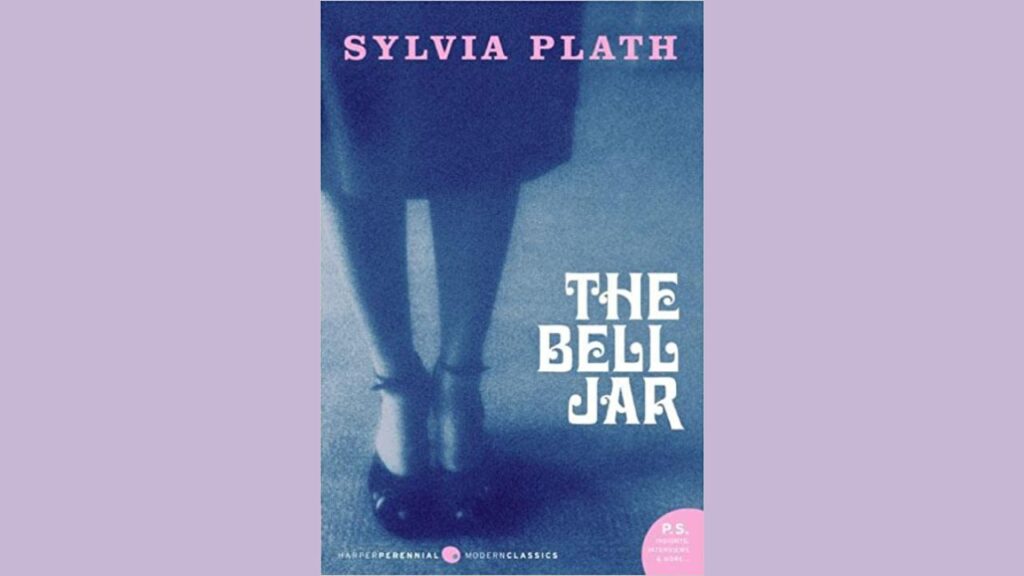
Student Notes – The Bell Jar by Sylvia Plath
Introduction:
The Bell Jar, written by Sylvia Plath and published in 1963, is a semi-autobiographical novel that explores the themes of mental health, identity, and societal expectations. This student note provides an analysis of the novel, including an introduction, setting, historical context, characters, plot summary, key themes and symbolism, analysis and discussion points, and a conclusion. Plath’s poignant and introspective narrative delves into the inner turmoil and struggles of the protagonist, offering a powerful exploration of mental illness and the pressures faced by women in the 1950s.
Setting:
New York City:
- The novel is primarily set in New York City during the early 1950s, a time of significant social and cultural change.
- The bustling city serves as a contrast to the protagonist’s inner turmoil and highlights the stark realities of urban life.
Massachusetts:
- The novel also takes place in various locations in Massachusetts, including the protagonist’s hometown and a psychiatric hospital.
- These settings contribute to the atmosphere of confinement and isolation experienced by the protagonist.
Historical Context:
- The Bell Jar is set against the backdrop of the 1950s, a period characterized by strict societal norms and expectations, especially for women.
- Plath’s portrayal of the pressures to conform and the limited opportunities for self-expression reflects the challenges faced by women during this time.
Characters:
Esther Greenwood:
- Esther is the novel’s protagonist, a talented and ambitious young woman who struggles with her mental health and the constraints of societal expectations.
- Through Esther’s experiences, Plath explores themes of identity, gender roles, and the impact of mental illness on an individual’s sense of self.
Dr. Nolan:
- Dr. Nolan is Esther’s compassionate and understanding psychiatrist. She serves as a guide and support system for Esther during her time in the psychiatric hospital.
Plot Summary:
- The Bell Jar follows Esther Greenwood’s journey as she navigates her summer internship in New York City and grapples with the pressures of academic success, societal expectations, and her own mental health.
- As Esther’s mental state deteriorates, she finds herself in a downward spiral, leading to a suicide attempt and subsequent hospitalization.
- The novel explores Esther’s struggles to find meaning and purpose in a world that seems determined to confine and suffocate her.
Key Themes and Symbolism:
Mental Health and Identity:
- The novel examines the impact of mental illness on one’s sense of self and identity, highlighting the challenges faced by individuals in seeking treatment and understanding.
Societal Expectations and Gender Roles:
- Plath critiques the oppressive gender roles and societal expectations placed on women in the 1950s, depicting the suffocating pressure to conform to traditional norms.
The Bell Jar:
- The bell jar symbolizes the stifling confinement and isolation experienced by Esther. It represents her struggle to break free from the expectations and limitations imposed on her by society.
Analysis and Discussion Points:
- Plath’s use of vivid and evocative language to convey the protagonist’s emotions and mental state.
- The intersection of personal experience and fiction in Plath’s portrayal of Esther’s journey, offering insights into the author’s own struggles with mental health.
- The portrayal of mental health treatment and the societal attitudes towards mental illness in the 1950s, prompting discussions on progress and stigma.
Conclusion:
The Bell Jar by Sylvia Plath is a poignant and introspective novel that explores the themes of mental health, identity, and societal expectations. Plath’s portrayal of Esther Greenwood’s struggles with her mental health and the pressures of conformity offers a powerful critique of the restrictive gender roles and social expectations of the 1950s. Through the evocative use of symbolism and rich storytelling, Plath invites readers to reflect on their own identities, the pressures they face, and the importance of understanding and supporting mental health. The Bell Jar remains a significant and enduring work that continues to resonate with readers, offering insights into the complexities of the human mind and the search for self-acceptance and liberation.





